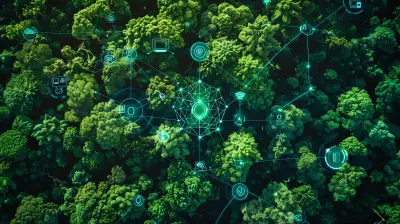The Role of Space Telescopes in Unveiling the Mysteries of the Universe
13 August 2025
Space is big. Really big. So big, in fact, that trying to understand it from our little corner on Earth can feel like trying to read the fine print on a billboard—through a foggy window—five blocks away. That’s exactly why space telescopes are such a game changer. These high-tech eyes in the sky have been helping scientists get a clearer, closer look at the cosmos, and in doing so, unravel some of the biggest cosmic mysteries that have baffled us for centuries.
So today, let's dive deep (but in a casual, no-lab-coat-required kind of way) into the role of space telescopes in unveiling the secrets of the universe. Ready? Let’s zoom in.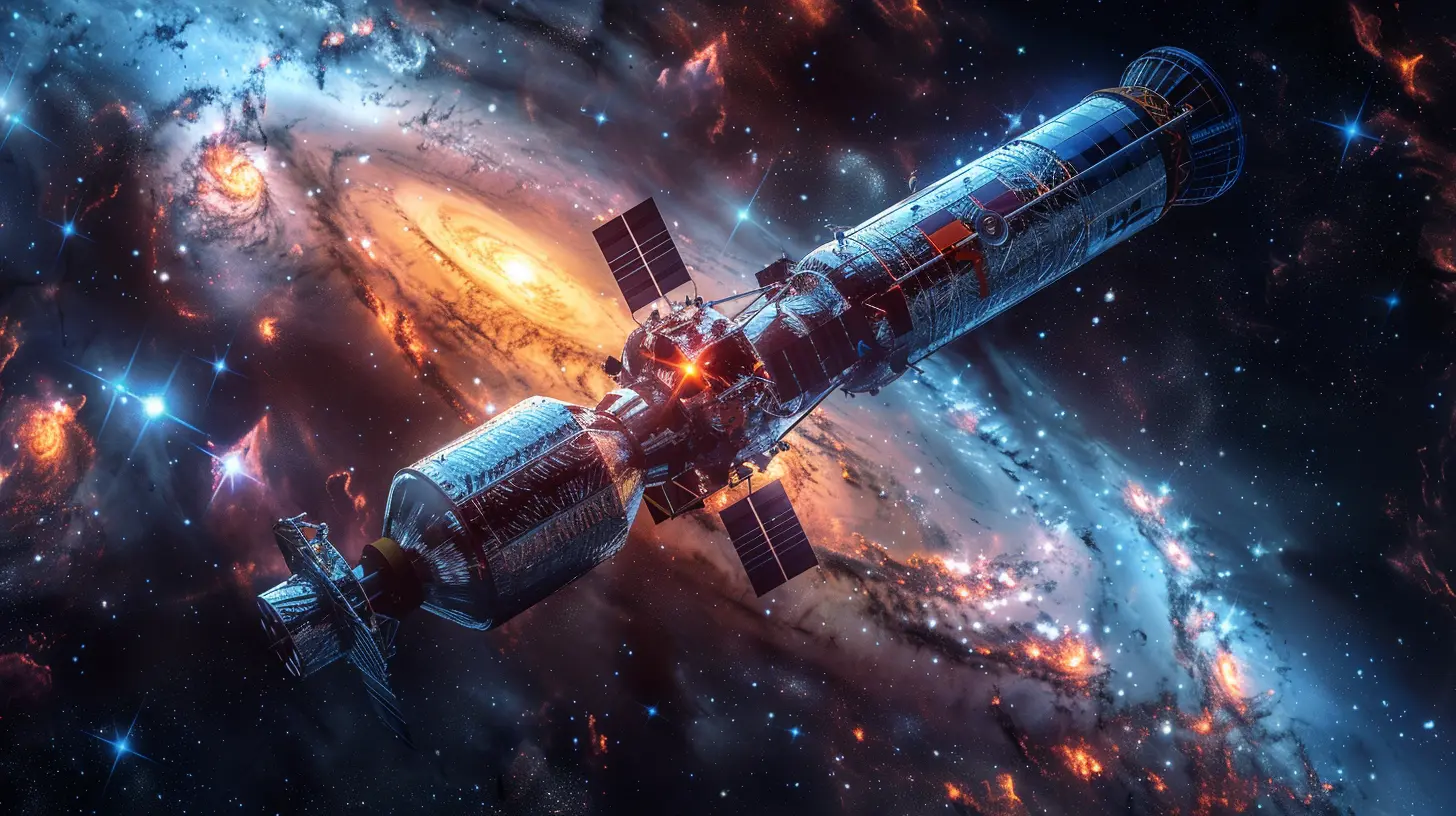
Why Can’t We Just Use Telescopes on Earth?
Good question. Earth-based telescopes have done amazing things—no shade there. But our atmosphere can be a bit of a buzzkill when it comes to astronomy. It distorts and absorbs some of the light from stars and galaxies, especially in the ultraviolet and infrared ranges. That means some really juicy cosmic stuff just doesn’t make it to the ground.Enter space telescopes. Free from atmospheric interference, these orbiting observatories can catch light in all its glorious forms. They provide clearer, sharper, and more detailed views that Earth-bound telescopes simply can’t match.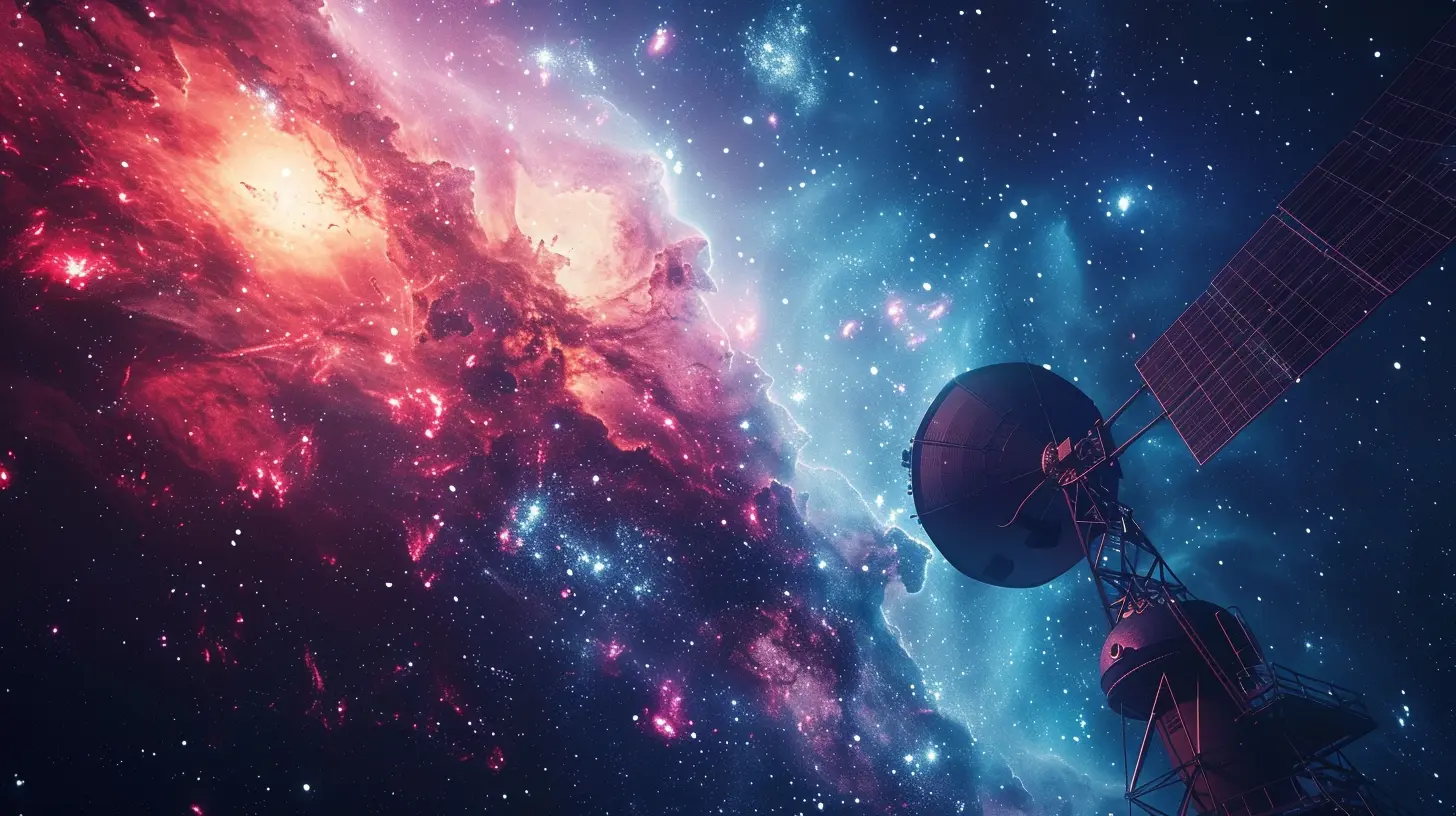
A Quick History of Space Telescopes
Before we get into the meat of it, let's take a quick stroll down memory lane. The idea of telescopes in space floated around as early as the 1920s. But the real game started in the 1990s with a name you’ve definitely heard: Hubble.Hubble Space Telescope: The OG Space Eye
Launched in 1990, the Hubble Space Telescope was like giving the universe a professional headshot. It gave us jaw-dropping photos of nebulae, galaxies, and star clusters. But more than just eye candy, Hubble helped scientists figure out the age of the universe, provided evidence of dark energy, and even captured the first images of exoplanet atmospheres. That's quite a resume.Since then, we've launched several others to take on specific roles. Each of these telescopes has their own "superpowers," depending on what kind of light they detect.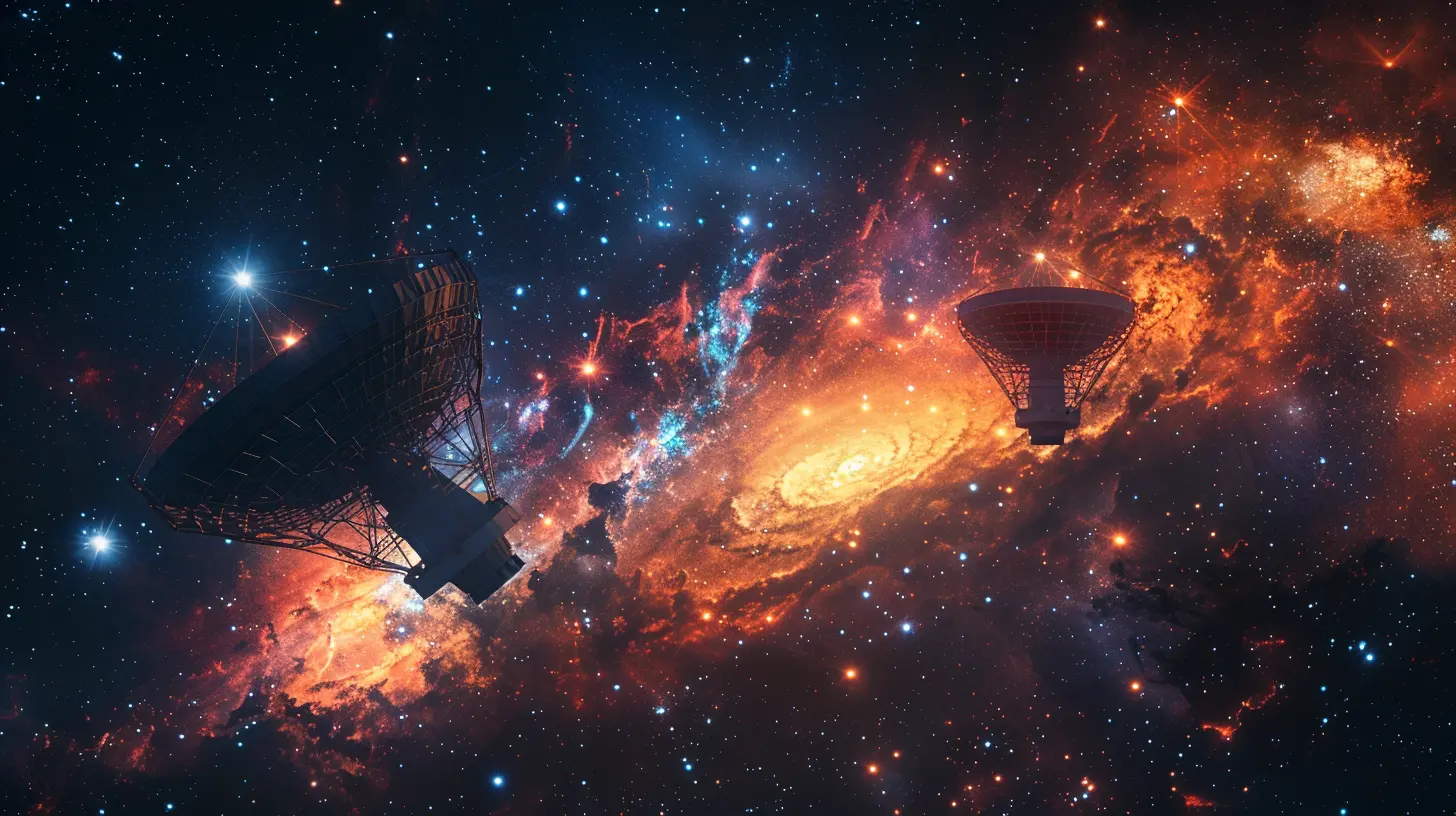
Different Types of Space Telescopes and Their Cosmic Superpowers
Space telescopes are kind of like the Avengers of astronomy. Each one has a unique ability, and together they help us make sense of the vast space landscape.1. Optical Telescopes
These see the universe in visible light—the same kind of light our eyes can catch. Hubble falls into this group. It’s amazing for capturing high-resolution images of galaxies and star systems.2. Infrared Telescopes
Think of these like space's night vision goggles. They detect heat instead of light, which helps us peer into dusty regions where stars and planets are born. Infrared telescopes like the Spitzer Space Telescope and the new James Webb Space Telescope (JWST) are champs at this.3. X-ray and Gamma-ray Telescopes
These are the badass telescopes. They're built to observe the most violent and energetic events in the universe—think black holes, supernovae, or neutron stars. Telescopes like Chandra (X-ray) and Fermi (Gamma-ray) help us understand these high-energy processes.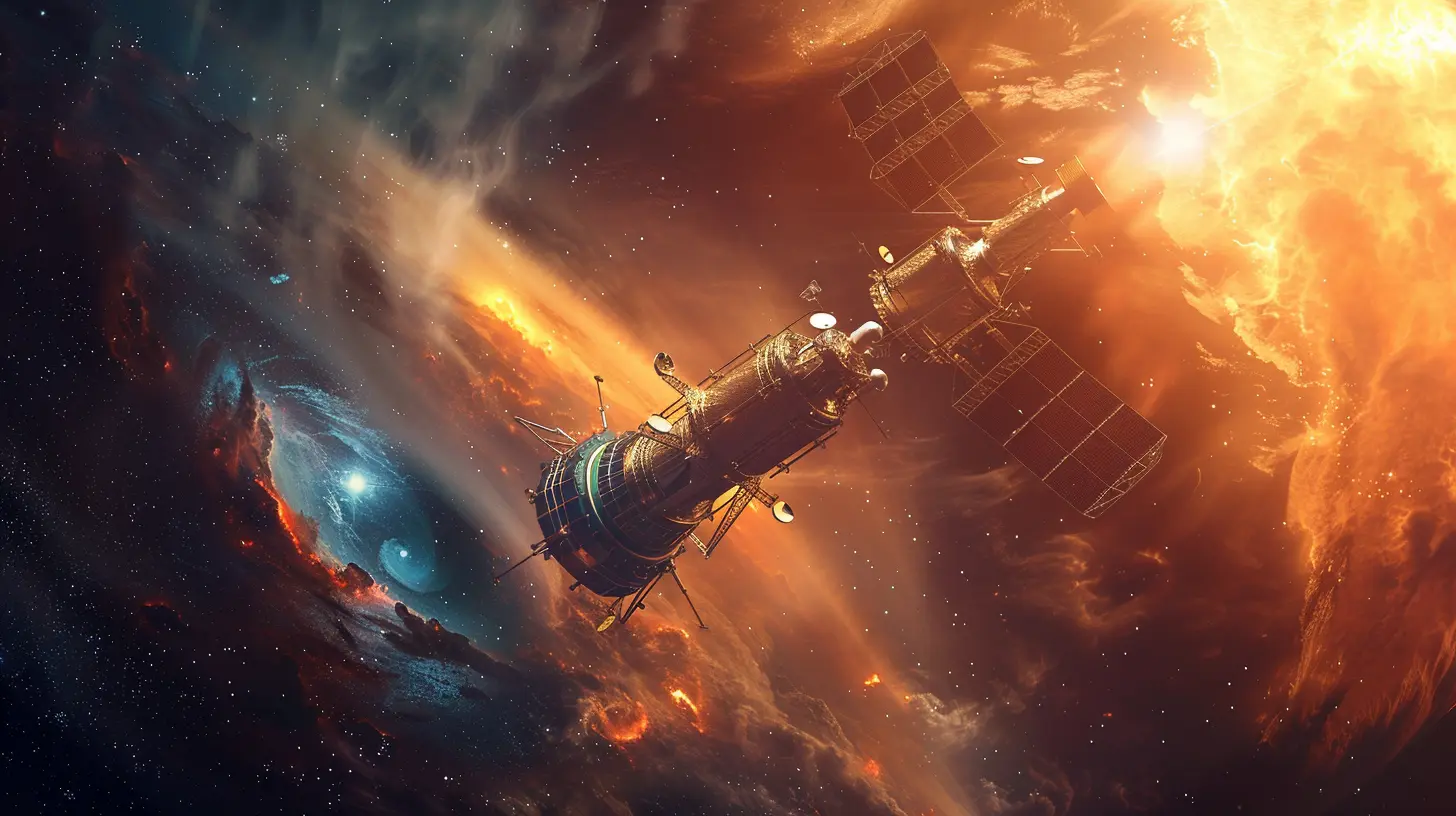
Space Telescopes and the Big Cosmic Questions
Okay, so we've got these fancy floating observatories. But what exactly have they helped us figure out? Let’s get into some of the major mysteries that space telescopes have tackled.Are We Alone in the Universe?
This is the big one, right? The question that keeps us up at night. Space telescopes have played a huge role here by identifying thousands of exoplanets—planets outside our solar system—mainly through missions like Kepler and TESS (Transiting Exoplanet Survey Satellite).Some of these planets are in the "Goldilocks zone" — not too hot, not too cold, just right for liquid water. And where there’s water, there could be life. New telescopes like JWST aim to go one step further and actually study the atmospheres of these exoplanets. Imagine that—sniffing out signs of life from light-years away.
How Did the Universe Begin?
To understand our origins, we need to look far, far back in time. Since light takes time to travel, looking deeper into space is like looking into the past. Space telescopes are our time machines. Telescopes like Hubble and JWST are capturing images of galaxies that formed just a few hundred million years after the Big Bang.These observations help us piece together how the early universe evolved—and even challenge existing theories.
What Is Dark Matter and Dark Energy?
Here’s the weird thing: We only understand about 5% of the universe. The rest? A mysterious cocktail of dark matter and dark energy. While we can't see dark matter directly, its presence is felt through gravitational effects in galaxies.Space telescopes help us map these effects. For example, by observing how light bends around massive objects (a phenomenon called gravitational lensing), we've gained clues about where dark matter might be hiding.
Dark energy is even more elusive, but it's believed to be responsible for the accelerating expansion of the universe. Hubble data played a huge part in this discovery—talk about high-stakes research.
The Next Frontier: James Webb Space Telescope and Beyond
If Hubble was the trusty old sedan of space telescopes, the James Webb Space Telescope is the luxury SUV with all the bells and whistles. Launched in 2021, JWST is designed to look even further back in time and with higher resolution than ever before.With its massive 6.5-meter mirror and advanced infrared capabilities, JWST can peer into the earliest galaxies, the hearts of star-forming regions, and even analyze exoplanet atmospheres in insane detail.
What’s Coming Next?
And it doesn’t stop there. New missions like the Nancy Grace Roman Space Telescope and the ARIEL mission (set to study exoplanet atmospheres) are on the horizon. These will keep the momentum going and add even more pieces to the puzzle of the cosmos.Why Should You Care About Space Telescopes?
You might be thinking, “Cool stuff, but how does this affect me?” Fair point. Here's the thing—space telescopes have a ripple effect. They push the boundaries of tech and innovation, sparking advances in imaging, data processing, and even materials science.Plus, they fuel our imagination. They give us awe, wonder, and a fresh perspective on our place in the universe. And let’s be real—who doesn’t love a gorgeous shot of a nebula as their wallpaper?
Challenges of Space Telescopes
Of course, it’s not all smooth sailing. Launching giant precision instruments into space is as hard as it sounds. There’s the massive cost, the risk of damage (remember Hubble’s blurry vision at launch?), and the fact that you can’t just send a repairman up there.These challenges make every successful mission feel like a small miracle, and every image a treasure.
Final Thoughts: The Universe Is Just Getting Started
Space telescopes are the ultimate storytellers of the cosmos. From revealing alien worlds to unraveling the mysteries of dark energy, they are our spacecraft-bound detectives piecing together the universe’s grand narrative. And the best part? We’re just getting started.So the next time you see a stunning photo of a galaxy that's millions of light-years away, remember—it’s not just a pretty picture. It’s a window into the past, a clue to a cosmic mystery, and a giant leap toward understanding what the heck is going on out there.
all images in this post were generated using AI tools
Category:
Space TechnologyAuthor:

Ugo Coleman
Discussion
rate this article
1 comments
Nolan Carr
Fascinating insights! Space telescopes truly revolutionize our understanding of the cosmos. I'm eager to see how their discoveries will reshape our knowledge of dark matter and the universe's origins. The journey of exploration continues!
August 21, 2025 at 11:37 AM

Ugo Coleman
Thank you! I share your enthusiasm for the potential discoveries ahead. The journey truly is just beginning!
